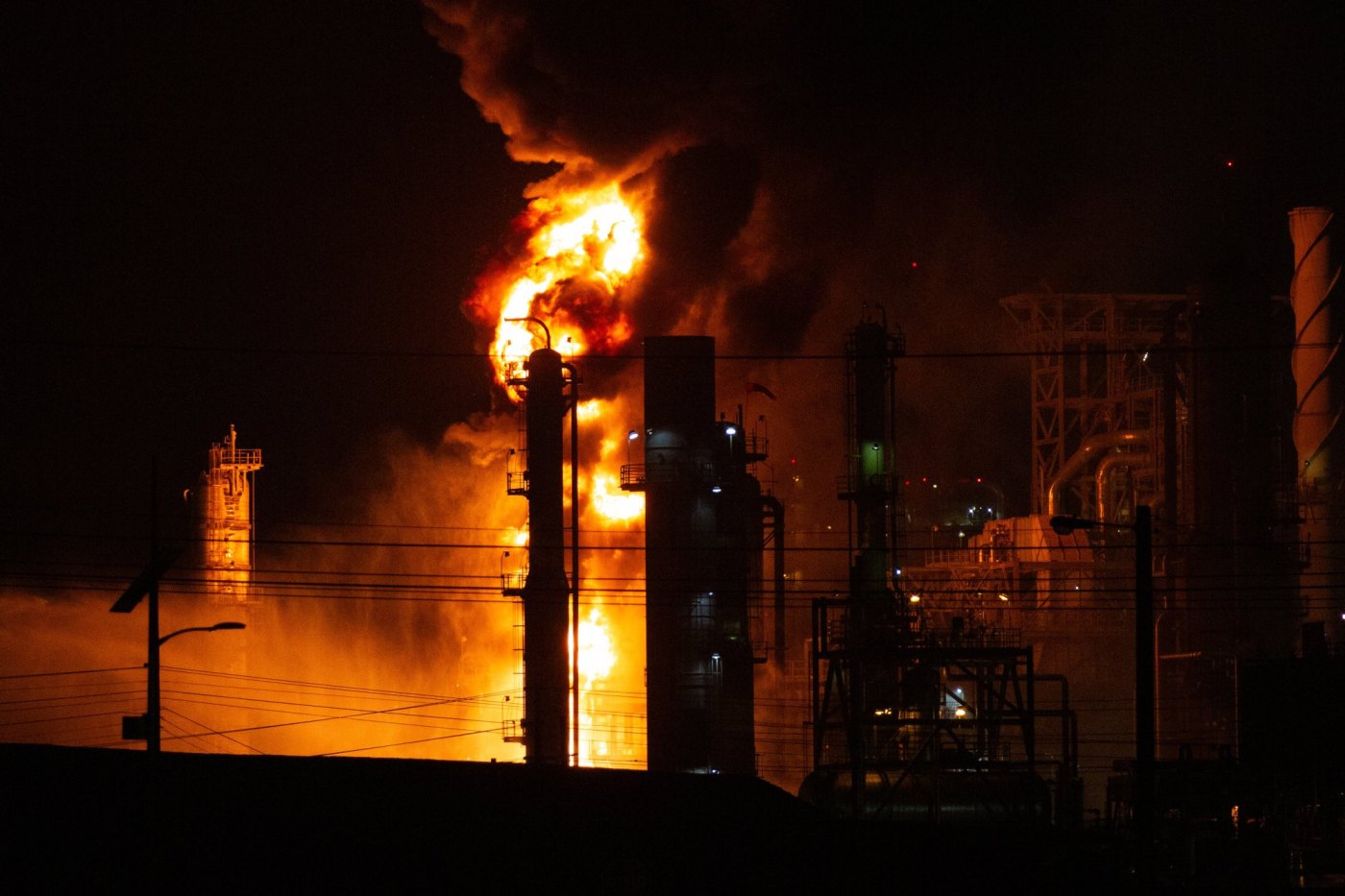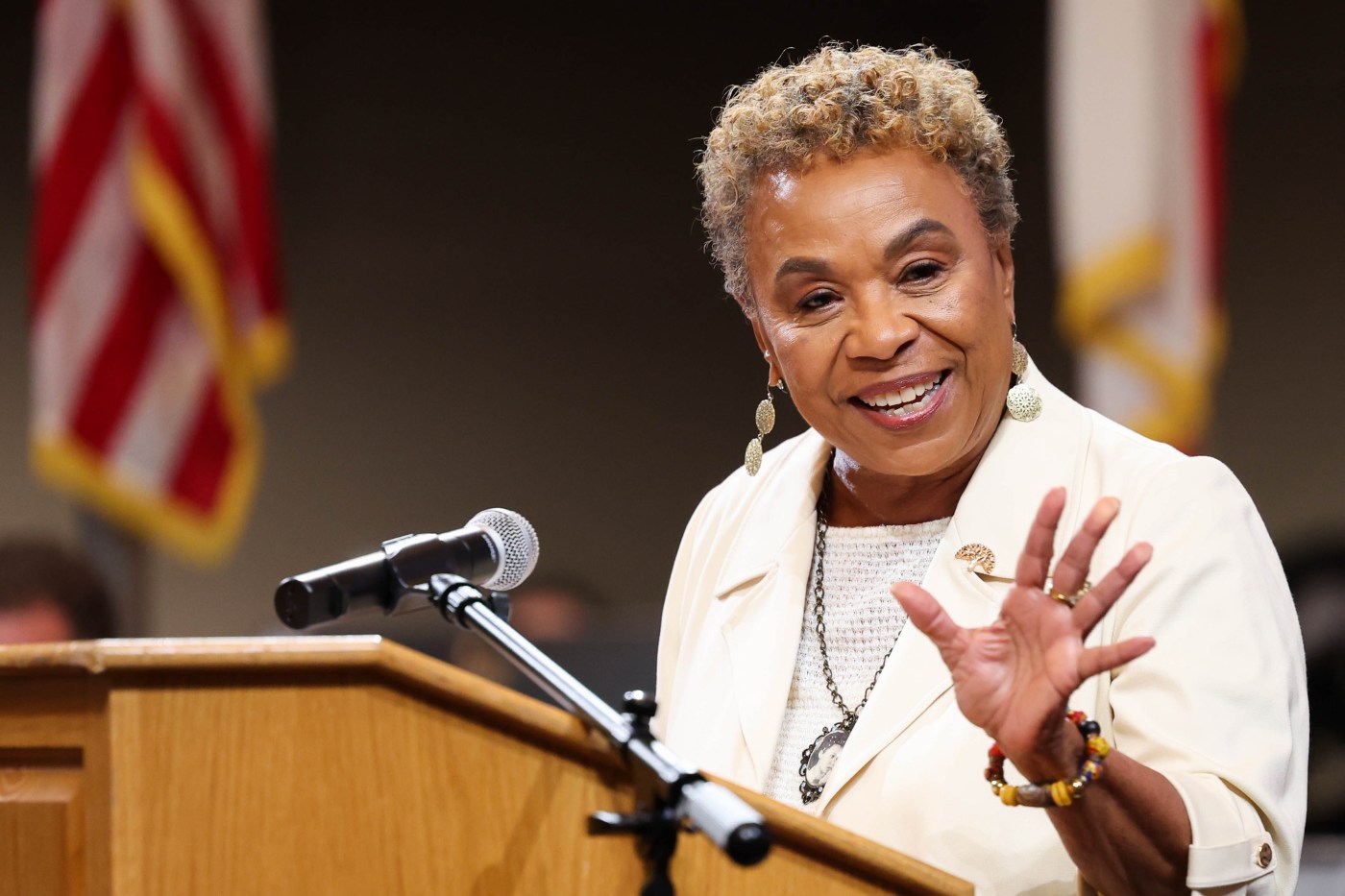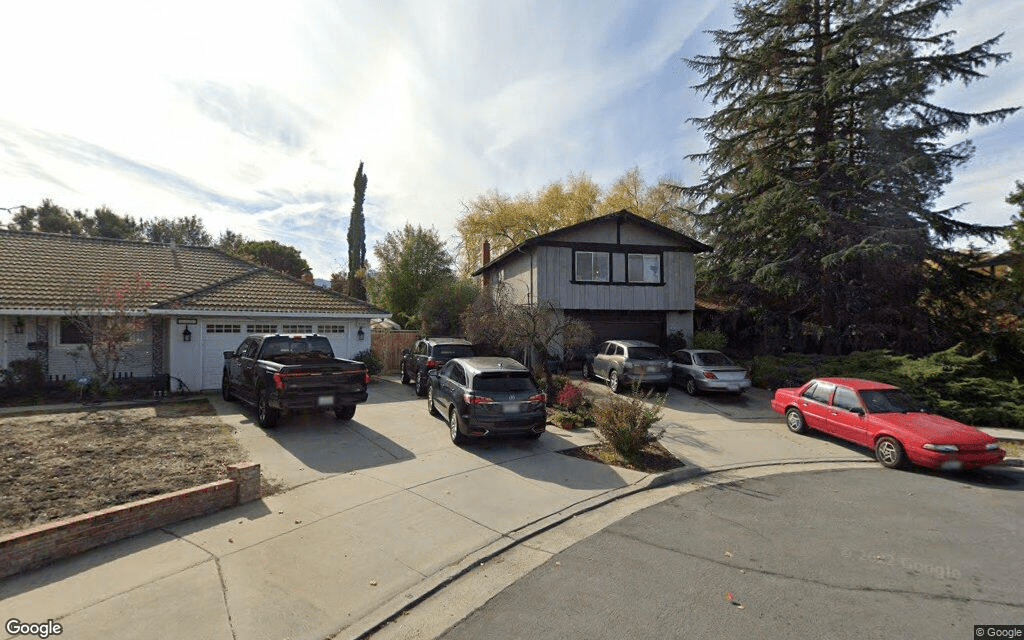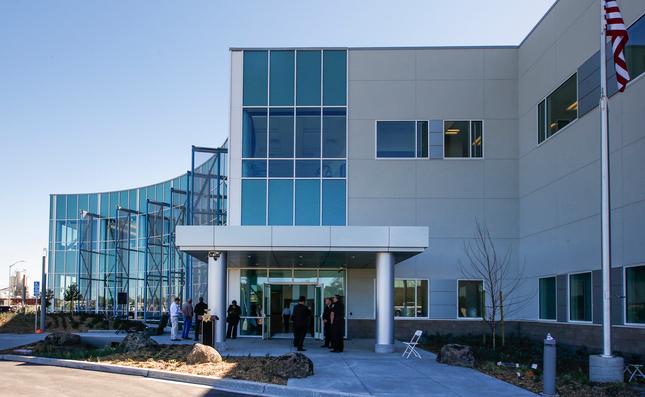Gasoline prices hopped higher in the wake of a Chevron refinery fire in Southern California last week as the energy company seeks to maximize output from the fuel factory’s undamaged units.
In several key markets across the state, including the Bay Area, average prices for regular unleaded gasoline were higher during mid-afternoon Tuesday than before Friday’s Chevron El Segundo fire, according to GasBuddy.
As of mid-afternoon Tuesday, average per-gallon prices for unleaded gasoline were $4.61 in San Jose, $4.67 in Oakland, $4.76 in San Francisco, $4.75 in Los Angeles, and $4.66 in California.
On Oct. 2, per-gallon prices for unleaded gas were $4.55 in San Jose, $4.65 in Oakland, $4.69 in San Francisco, $4.71 in Los Angeles, and $4.64 in California.
Depending on the market, gas prices jumped more than 1 cent per gallon from midday Monday to mid-afternoon Tuesday.
“It’s hard to know how much of a spike in gasoline prices we’re going to get,” said Severin Borenstein, an economist and faculty director of the Energy Institute at UC Berkeley’s Haas School of Business. “I would expect some increase, but it would be pretty minor.”
The rise in prices bears some similarity to a jump in fuel costs following a February fire at the Martinez Refining Co. plant in northern Contra Costa County.
Texas-based Chevron, which moved its headquarters out of San Ramon this year, is attempting to wring as much fuel as it can from the remaining available units still operating at the El Segundo refinery.
“We want to ensure we optimize the remaining units at the plant,” said Ross Allen, a Chevron spokesperson. “We want to ensure we maximize the fuel supply we provide into the local market.”
Despite the relatively stable gasoline price situation, it may be essential that the plant is fully up and running ahead of the annual switch in motor vehicle fuel blends ahead of the winter months.
“It would be a bad time to lose a lot of capacity,” Borenstein said. “This is turnaround season. This is when the refinery operators take capacity offline and do maintenance while they get ready to produce winter blends.”
Chevron noted that most of the units at the El Segundo refinery, which occupies roughly 2 square miles and is the size of a small city, remained operating and were flexible enough to help keep gasoline supplies in decent shape.
“We can optimize other units at the plant,” Allen said. “We feel good about that.”
Gov. Gavin Newsom has begun to scout for ways to bolster gasoline supplies in California.
The governor signed legislation to enable the state to produce more oil and to invest in infrastructure at California ports to enable imports of more refined gasoline from overseas. The efforts could encourage more tankers to dock at Bay Area ports.





